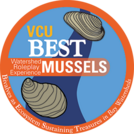
Appendix with all downloadable documents
- Subject:
- Earth Resources
- Science
- Material Type:
- Activity/Lab
- Author:
- VCU CISTEME .
- ACSE 1
- Date Added:
- 01/03/2023

Appendix with all downloadable documents
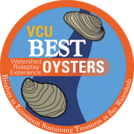
Appendix
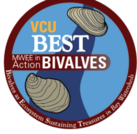
In this lesson, students will identify, synthesize, and apply evidence from their investigations to draw conclusions and make claims about the issue, problem, or phenomenon. They convey data and information about their investigations, conclusions, and claims to audiences ranging from classrooms to the larger public community. The focus in this stage is on putting together what they have learned about the overarching question rather than inspiring action.
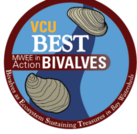
In this lesson, students will identify, synthesize, and apply evidence from their investigations to draw conclusions and make claims about the issue, problem, or phenomenon. They convey data and information about their investigations, conclusions, and claims to audiences ranging from classrooms to the larger public community. The focus in this stage is on putting together what they have learned about the overarching question rather than inspiring action.
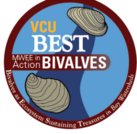
Once students have generated a conclusion, they should work in small groups or as a class to brainstorm and evaluate solutions, and then take action! Throughout this process, teachers play an important facilitation role by forming groups, moderating, and answering questions, while students drive the decision-making, planning, and implementation in an age-appropriate way.

In this lesson, students will create a social media post about the life cycle of an organism. This organism can be decided upon by the teacher or the teacher could use the list of suggestions provided in the lesson. The social media post should show the student’s knowledge of the life cycle and the phases of life that it goes through.
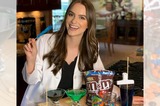
Learn about concentrations of solutions. If you brew tea or coffee for too long, it gets really strong, bitter, and dark. But if you add water, you can lessen its strength. So, when we talk about how strong our coffee is, we are really talking about CONCENTRATION. Like stirring a teaspoon of sugar into a cup of tea, solids can have a concentration in a liquid, but first, they need to be able to dissolve into a solution (solubility). But, is there a limit to how much of a solid the solution can take in? Through some sweet treats, you can eat, let's explore the scientific concepts of concentration, solubility, and supersaturated solutions. I promise you it's going to ROCK! Developed for students in grades 6-10.
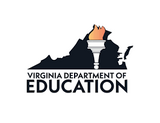
Science Instructional Plans (SIPs) help teachers align instruction with the Science Standards of Learning (SOL) by providing examples of how the content and the scientific and engineering practices found in the SOL and curriculum framework can be presented to students in the classroom.
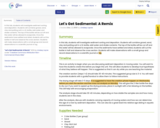
In this lab, students will investigate sediment sorting and deposition. Students will combine gravel, sand, clay and potting soil in a 2L bottle, add water and shake contents. The top of the bottle will be cut off and the water will be allowed to evaporate. Once the sediments have settled and dried, students will cut the bottle in half and observe the cross section. Students will make observations with a small group and record observations in a scientific journal or log.

Learn about polymers. They are all around us. From the proteins we consume to the plastic cups we drink from, polymers dominate our lives and our earth. They package our snacks but can also pollute our oceans. But do you REALLY know what a polymer is? Join Camille Schrier, science lover and Miss America 2020, to explore the science of polymers by making some slimy sodium alginate worms, and biodegradable corn plastic that is good for the earth!!
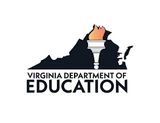
Science Instructional Plans (SIPs) help teachers align instruction with the Science Standards of Learning (SOL) by providing examples of how the content and the scientific and engineering practices found in the SOL and curriculum framework can be presented to students in the classroom.
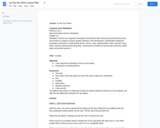
Objectives:
*Learn about the importance of the sun for plants
*Introduction to photosynthesis

Science Instructional Plans (SIPs) help teachers align instruction with the 2018 Science Standards of Learning (SOL) by providing examples of how the content and the scientific and engineering practices found in the SOL and curriculum framework can be presented to students in the classroom.
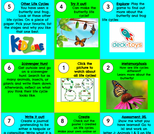
2.4 The student will investigate and understand that plants and animals undergo a series of orderly changes as they grow and develop. Key ideas includea) animals have life cycles This choice board helps students explore animal life cycles at his/her own pace. Students play an interactive hyper doc board game. This can be individual or whole class. It includes videos, online games, assessments, and is a lot of fun. Great way to engage any learner! Get started with the center square and move around the board to learn more about life cycles.

Life expectancy data for nearly all countries, most for every year from 2005 and 2008. Life expectancy in many countries varies widely from the world average of 69 years which is increasing.
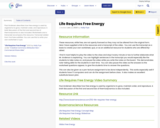
Paul Andersen describes how free energy is used by organisms to grow, maintain order, and reproduce. A brief discussion of the first and second law of thermodynamics is also included. Worksheets and a transcript accompany this resource.
Transcript added from YouTube subtitles. You can use this to write your own worksheet or quiz.
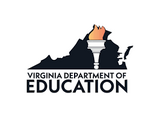
VDOE resource to assist in the tracking of content in life science. This is a resource that divisions or schools may use as needed.
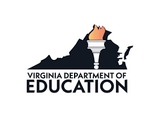
Science Instructional Plans (SIPs) help teachers align instruction with the Science Standards of Learning (SOL) by providing examples of how the content and the scientific and engineering practices found in the SOL and curriculum framework can be presented to students in the classroom.
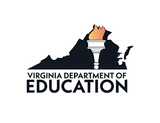
Science Instructional Plans (SIPs) help teachers align instruction with the Science Standards of Learning (SOL) by providing examples of how the content and the scientific and engineering practices found in the SOL and curriculum framework can be presented to students in the classroom.

This part of the Student Observation Network allows you to make observations to answer the question, "Have auroras been seen within the last 24 hours due to a solar storm?"
The Student Observation Network provides guided inquiry. While participating in the Auroral Friends program your students may think of other questions that they wish to investigate. For instance, they may wish to know; "What causes the aurora?", "What affect does a solar storm have on aurora?", and "What conditions enhance auroras?". These open inquiries may reveal to them that coronal holes may energize auroras even when solar storms have not occurred.